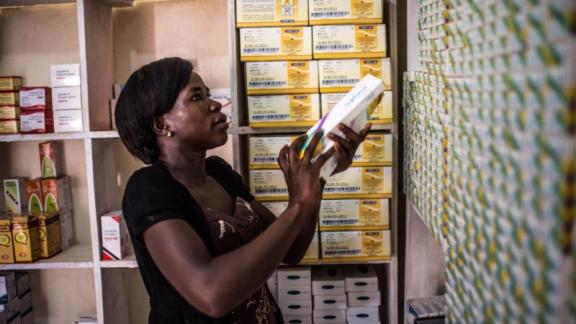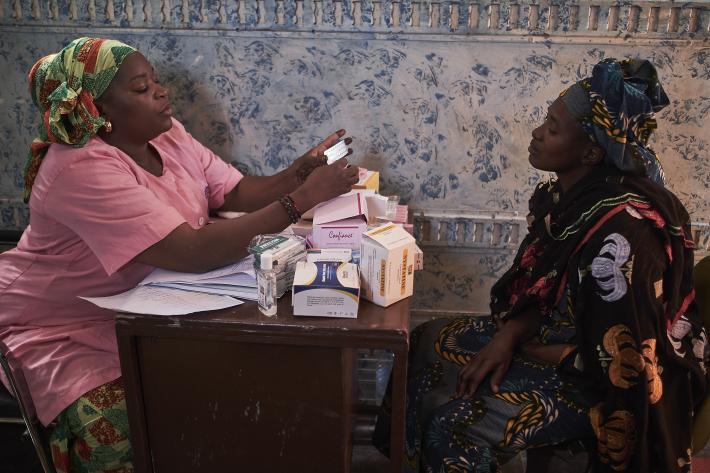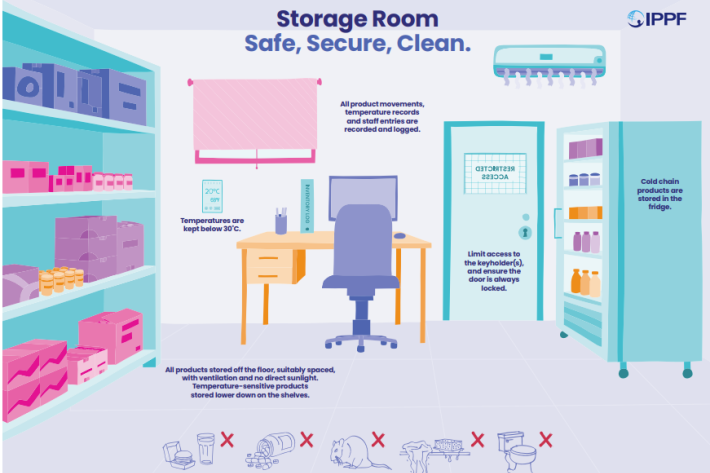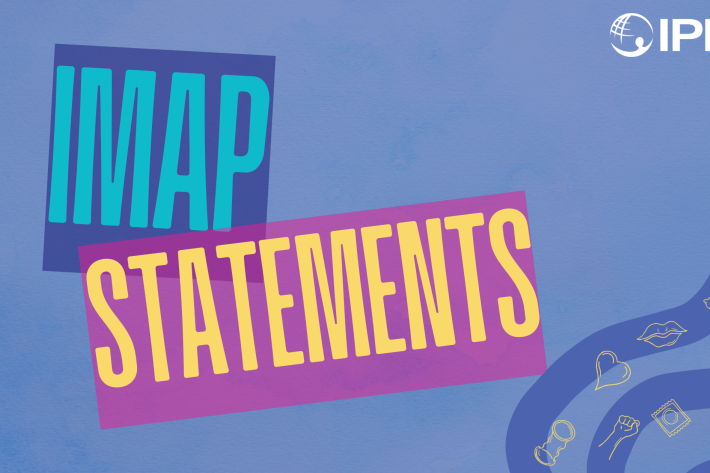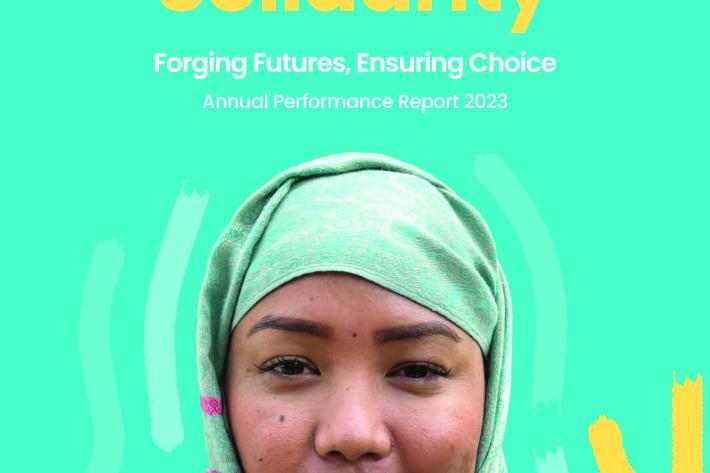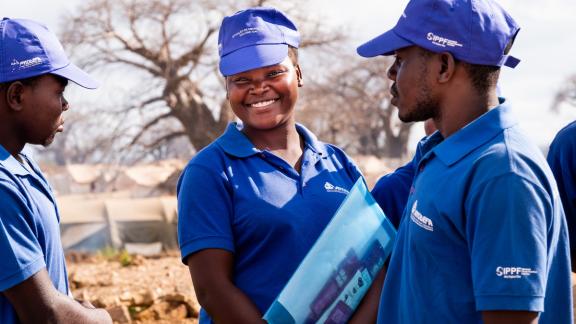Spotlight
A selection of resources from across the Federation
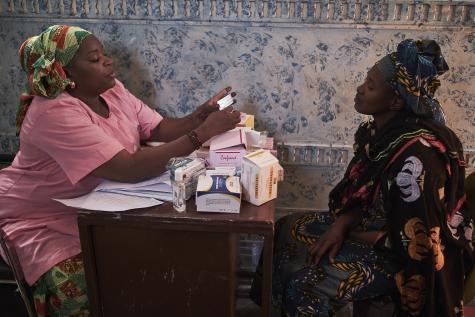
IMAP Statement on advances in emergency contraception
The purpose of this statement is to review newly published data on increasing the effectiveness of levonorgestrel emergency contraceptive pills by using pre‑coital administration or combined with a non‑steroidal anti‑inflammatory drug; the potential use of LNG‑ECP as a regular contraceptive method for infrequent sex; ulipristal acetate which is an established EC method and is now being studied combined with misoprostol for termination of early pregnancy; and the underutilization of low dose mifepristone as an EC method.
Filter our resources by:
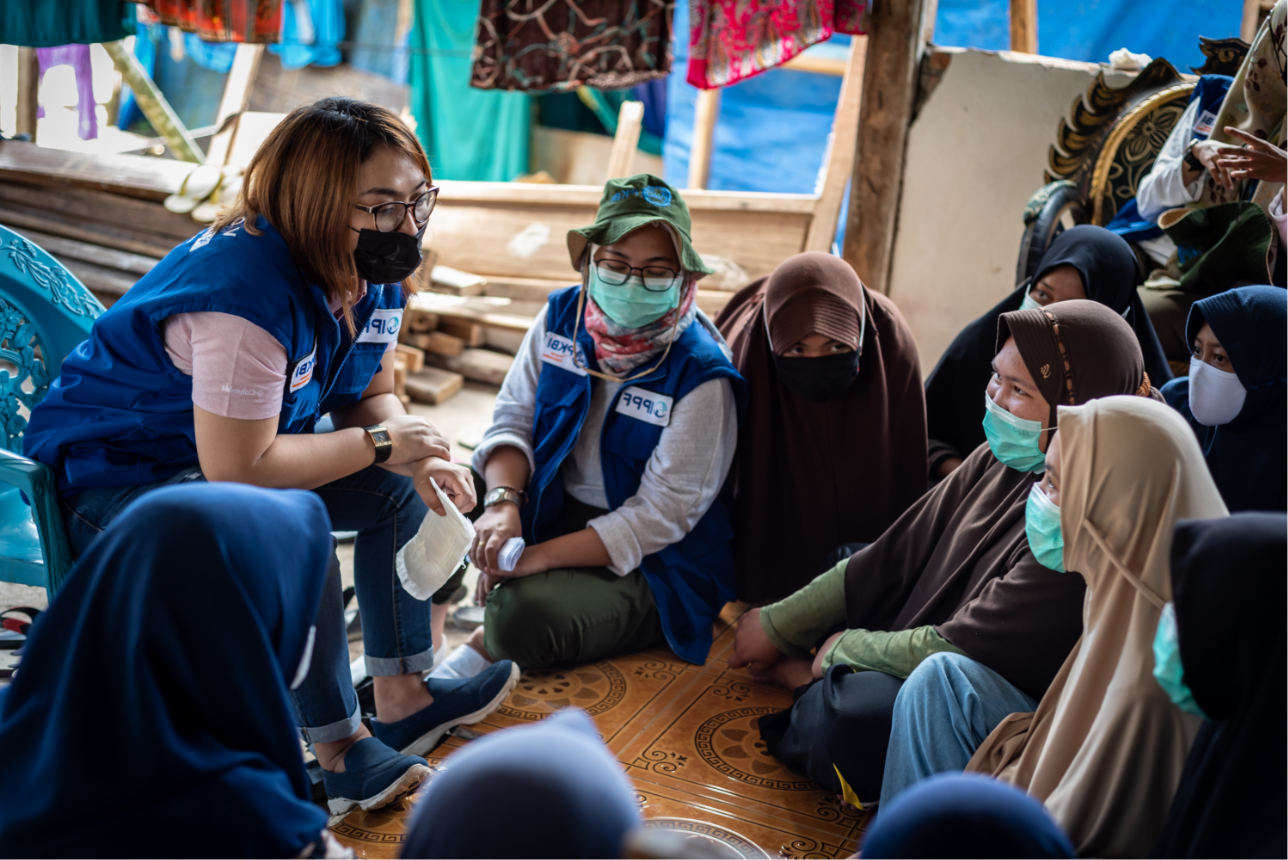
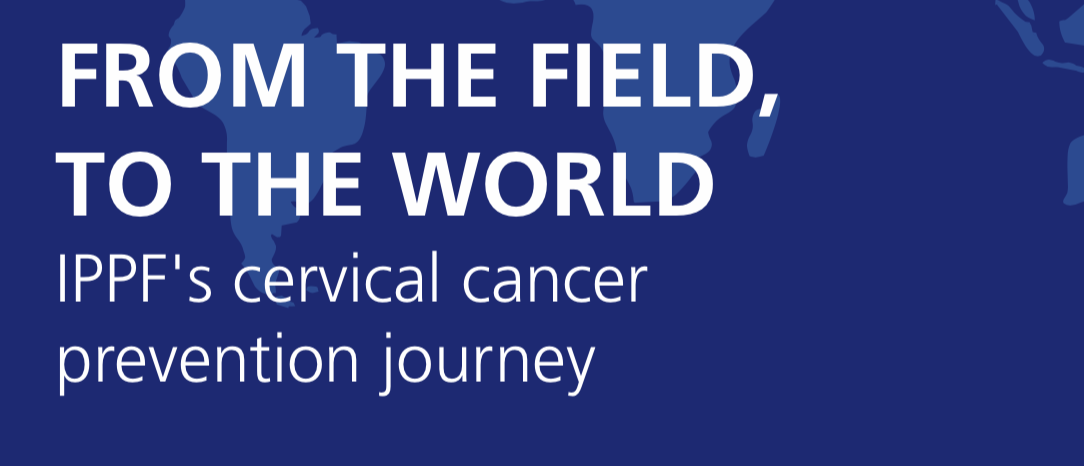
| 22 May 2019
From the Field to the World: IPPF's cervical cancer prevention journey
Cervical cancer, a preventable illness, is the fourth most frequent cancer in women, with an estimated 570,000 new cases in 2018 representing 6.6% of all female cancers. An increasing number of SRH organizations are working to introduce and/or strengthen cervical cancer prevention programmes with the aim of increasing their impact on the reduction of mortality and morbidity. IPPF´s work on cervical cancer prevention is guided by our commitment to health equity, gender equality and women’s rights. The purpose of this International Planned Parenthood Federation (IPPF) How-to-Guide to Cervical Cancer Screening and Treatment Programmes is to contribute to the implementation of stronger secondary prevention programmes for cervical cancer and high quality referral services to primary and tertiary care in order to reduce related incidence and mortality in the long term. You can find a digital and mobile friendly version of the How-to-Guide to Cervical Cancer Screening here. The IPPF Cervical Cancer Strategy 2020–2024 has been developed to strengthen and expand IPPF Comprehensive Cervical Cancer Prevention (CCCP) work. This Strategy is aligned with the IPPF Strategic Framework 2016–2022, Gender Equality Strategy and Implementation Plan, Secretariat Business Plan, IPPF Advocacy Common Agenda, and the global trend for cervical cancer prevention (90-70-90 target). This Strategy will lead the IPPF Secretariat and MAs to: Adopt a multi-sectoral approach to integrate CCCP into women’s health programmes, NCD control programmes, and essential health services of UHC. Develop and distribute context-specific and age-appropriate information to achieve long-term social and behavioural change. Introduce and scale up CCCP through identifying missed opportunities, adopting an optimization approach and single-visit approach for cervical cancer screening and treatment, and enabling CCCP via different service delivery channels. Generate additional resources to expand and strengthen MA-led CCCP across the Federation.
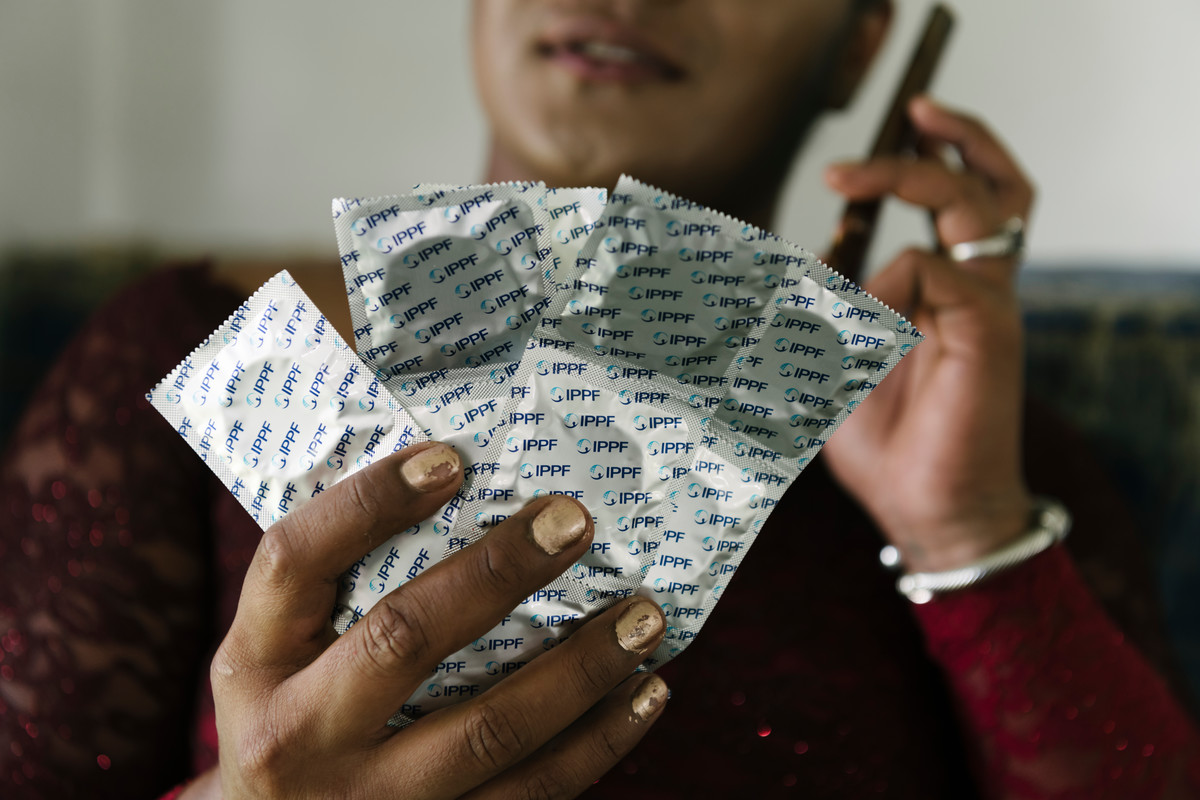
| 18 April 2019
The Condom Quiz
The Condom QuizCondoms have existed in some form or other for centuries, and they remain one of the most popular forms of contraception for their ease of use, portability and price. What else do you know about the trusty condom? Find out in our quiz... :point_down:There’s only one type of condom.How often do condoms break/slip off?Condoms are the only form of contraception that protects against STIs.Condoms can cause premature ejaculation in men.How effective are condoms at preventing pregnancy?Condoms make sex less pleasurable.People in long term relationships don’t need to use condoms.Good try! ? If you learned something new today, scroll down to share this with friends.Great work! ? If you learned something new today, scroll down to share this with friends.
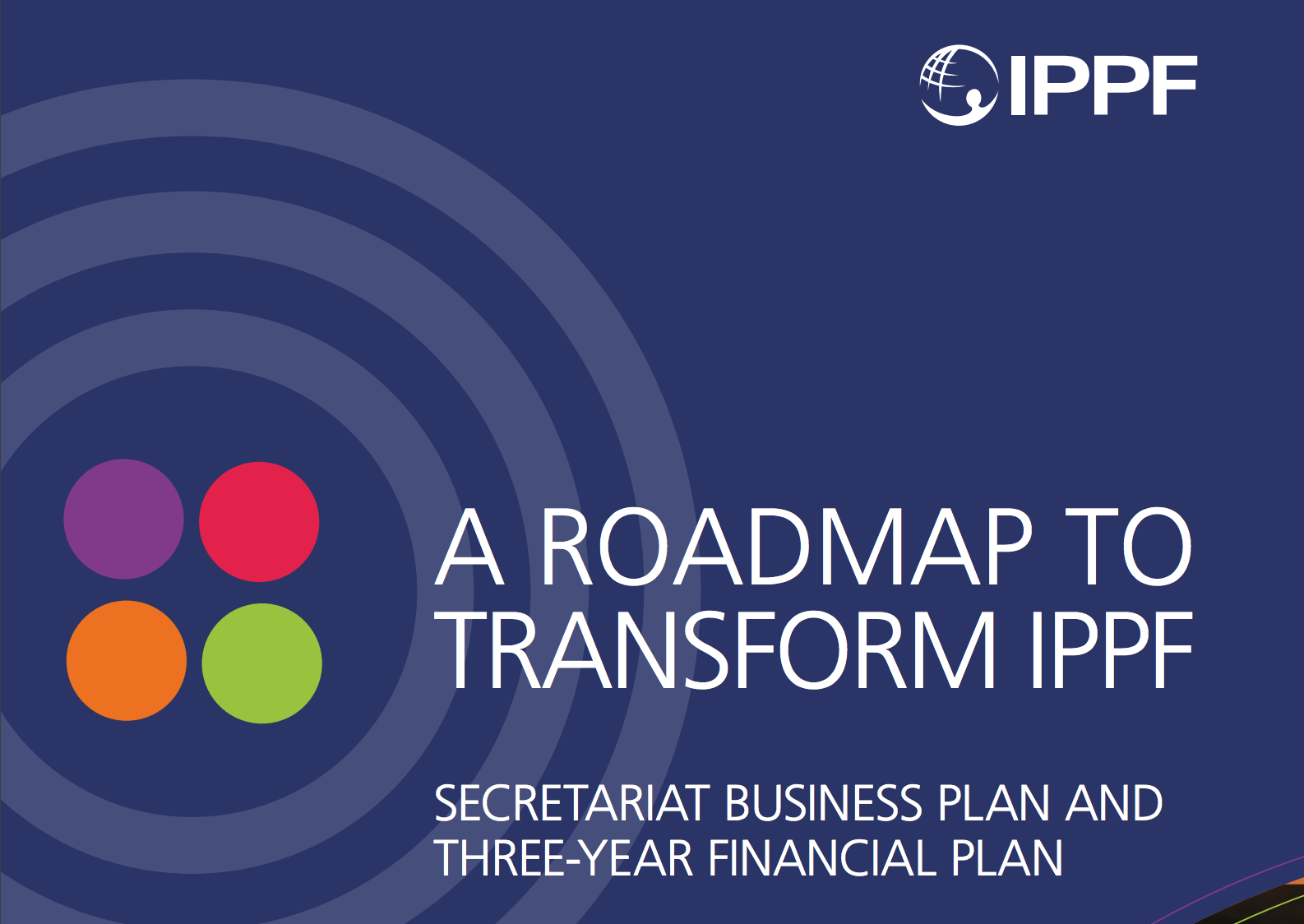
| 08 April 2019
A Road to Transform IPPF - Secretariat business plan
IPPF has developed a new comprehensive Business Plan as a clear roadmap to accelerate delivery of its Strategic Framework (2016-2022). The goal is to boost performance by closing delivery gaps, unleashing capabilities throughout the Federation, and changing the organisation’s culture. It identifies six areas where we most need to improve and where we need to intensify efforts in order to achieve the Strategic Framework targets. In early 2018, IPPF created solution teams to design initiatives to close gaps in each of the six solution areas. Representatives from all six teams came together with technical staff to adopt a multi-disciplinary approach, ensuring that key cross-cutting issues – gender equality, vulnerable populations and young people – were integrated. The process was highly participatory and inclusive, involving Member Associations (MAs), the Secretariat, donors and partners. The Business Plan was launched in mid-March 2019 and will provide impetus to deliver the targets put forward in the Strategic Framework. IPPF’s approach is evolving to become more MA-centric with the Secretariat playing a key role as an architect of cooperation. The Business Plan identifies areas where an MA can provide the support and technical assistance needed to bring other MAs up to speed.

| 03 April 2019
Improving the quality and availability of post-abortion care in a humanitarian crisis
The world is facing stronger and longer natural disasters, protracted complex emergencies, conflicts and epidemics. These humanitarian crises can expose weakness in health systems, with particularly serious consequences for women and girls in need of reproductive health care. To improve the quality and availability of post‑abortion care during a flood, the University of Leicester and International Planned Parenthood Federation South Asia Region (IPPF-SAR), in collaboration with the Government of Bangladesh, developed and measured the impact of an integrated intervention package, called RHCC. First tested in a flood-prone area of Bangladesh, this novel approach includes: i) Pre-positioning medicines and supplies, using the UNFPA’s Inter-Agency Reproductive Health Kit 8; ii) Capacity building of service providers; and iii) Community awareness raising. Supported by IPPF's Innovation Programme, the project aligns with IPPF’s commitment to ensuring that crisis-affected populations receive timely, quality, life-saving, gender-responsive and inclusive sexual and reproductive health services.
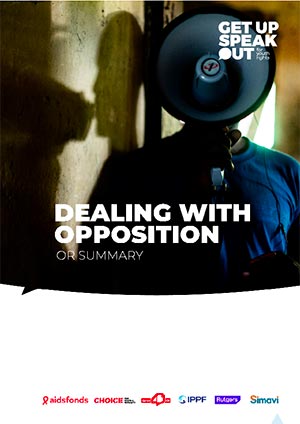
| 01 March 2019
Dealing with Opposition in Ethiopia, Indonesia and Uganda
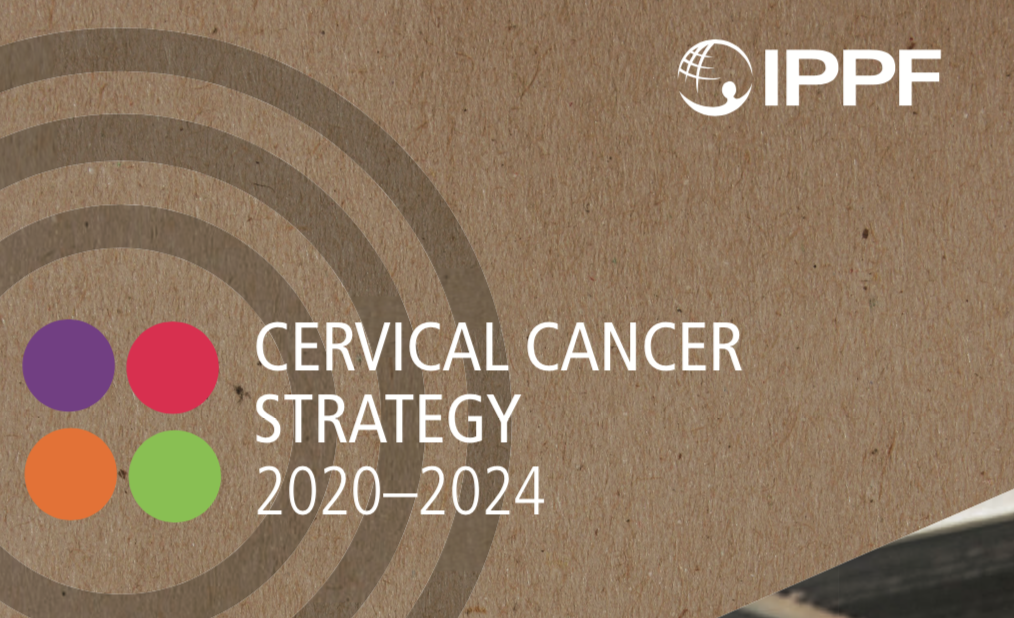
| 28 February 2019
IPPF Cervical Cancer Strategy 2020-2024
ABOUT THE PUBLICATION This strategy has been developed to strengthen and expand IPPF Comprehensive Cervical Cancer Prevention (CCCP) work. The IPPF Cervical Cancer Strategy 2020–2024 is underpinned by the principles of inclusiveness, human rights, gender equality, and health equity. This Strategy is prepared with a purpose to clarify IPPF’s pathway to strengthen CCCP in the Federation’s work and ensure women, girls and other affected populations can have access to age-appropriate CCCP information and services. WHY THE STARTEGY? Cervical cancer is the fourth most common cancer among women in the world. All countries are affected, particularly low- and middle- income countries (LMICs). In 2018, 85 per cent of the 311,000 deaths from cervical cancer occurred in less developed regions. The higher rates of cervical cancer incidence and mortality in LMICs reflect the limited equitable access to high-quality information, vaccination, screening and treatment, and cancer management in these countries. Human papillomavirus (HPV) is the primary cause of cervical cancer. HPV is mainly transmitted through unprotected sexual contact, including skin-to-skin genital contact. Most HPV infections are self-limiting and can be cleared up by the immune system. However, if the infection persists, it may lead to precancerous cervical lesions or even cervical cancer. For people with weakened immune systems, such as those with poorly controlled human immunodeficiency virus (HIV) infection, the risks are far greater. A Comprehensive Cervical Cancer Prevention (CCCP) initiative should include primary, secondary, and tertiary prevention, which is in line with the client-centred and life-course approach. IPPF’S WORK TOWARDS CERVICAL CANCER ELIMINATION To reduce HPV transmission and contribute to the elimination of cervical cancer, IPPF provides CCCP to save lives, strengthen health equity, address stigma and harmful social/gender norms that create barriers to access of timely and high-quality services, and fulfil the sexual and reproductive health and rights (SRHR) of all people. Addressing cervical cancer and sexually transmitted infections (STIs) transmission is a core part of IPPF’s mandate and is included within the Integrated Package of Essential Services (IPES). IPPF acknowledges that cervical cancer can affect any individual with a cervix – including women, girls, transgender men, non-binary and intersex people – referred to as affected populations in this Strategy.

| 12 February 2019
Quiz: What do you really know about abortion?
What do you really know about abortion?Did you know that hundreds of thousands of abortions take place around the world every day for all sorts of reasons? Even though abortion is so common, there is still often secrecy and misinformation surrounding it. Test your knowledge of the medical procedure now – you might just learn something that’ll surprise you! :point_down:How many pregnancies end in abortion?All abortions can be carried out safely.Is it possible to have an abortion at home?Having an abortion does not affect your fertility in the future.Having an abortion does not put you at a higher risk of developing breast cancer.People who regularly use contraception can experience unintended pregnancies.Restricting legal access to abortion does not prevent or reduce the number of abortions taking place.Good try! If you learned something new today, scroll down to share this with friends.Want to do more? Get involved with I Decide, IPPF's movement for safe abortion access for all.You can also deepen your knowledge and understanding of abortion matters even more by taking IPPF's free course now.Great work! If you learned something new today, scroll down to share this with friends.Want to do more? Get involved with I Decide, IPPF's movement for safe abortion access for all.You can also deepen your knowledge and understanding of abortion matters even more by taking IPPF's free course now.

| 01 February 2019
U.S. 990 2019
Download the IPPF's 2019 "Return of Organization Exempt From Income Tax" U.S. 990 report below.
| 17 January 2019
Social Enterprise guidance
As lack of funding is threatening health and the lives of millions of women and girls, we're turning to social enterprises to generate funds. This helps our Member Associations to increase their services. Download our country-specific resources above on providing effective technical guidance, watch our social enterprise video, and read our social enterprise capability statement for more. You can also get in touch by email if you have any queries or would like to know more: [email protected]
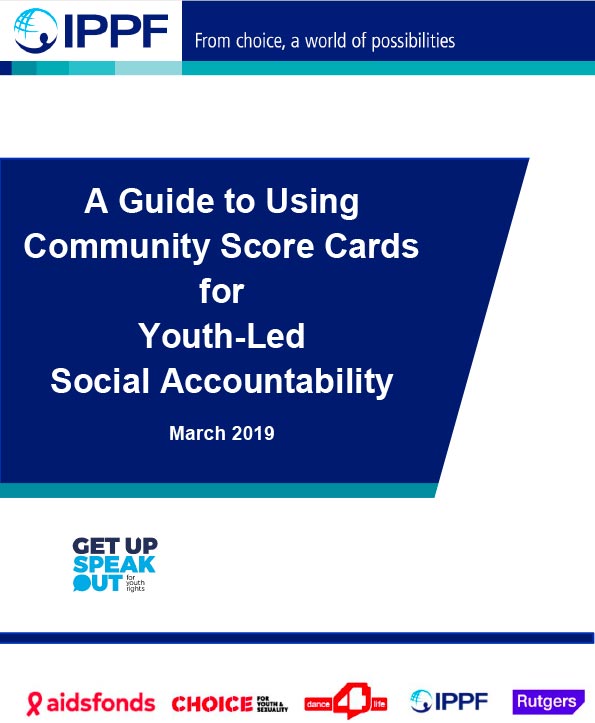
| 01 January 2019
Youth-led Social Accountability Manual
Pagination
- First page
- Previous page
- …
- 11
- 12
- 13
- 14
- 15
- …
- Next page
- Last page







